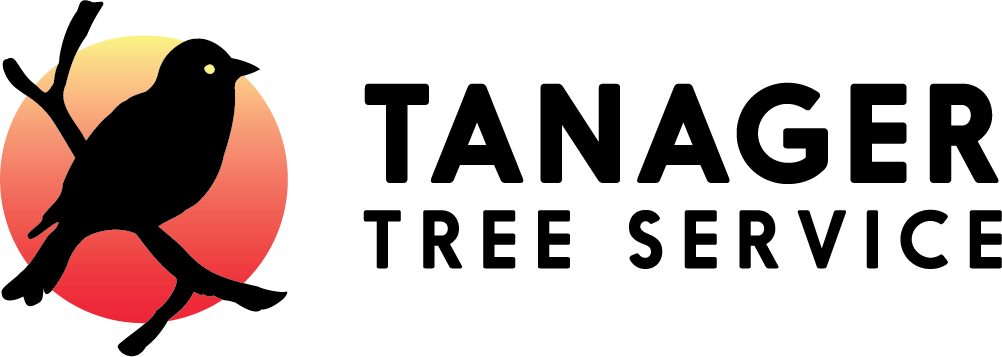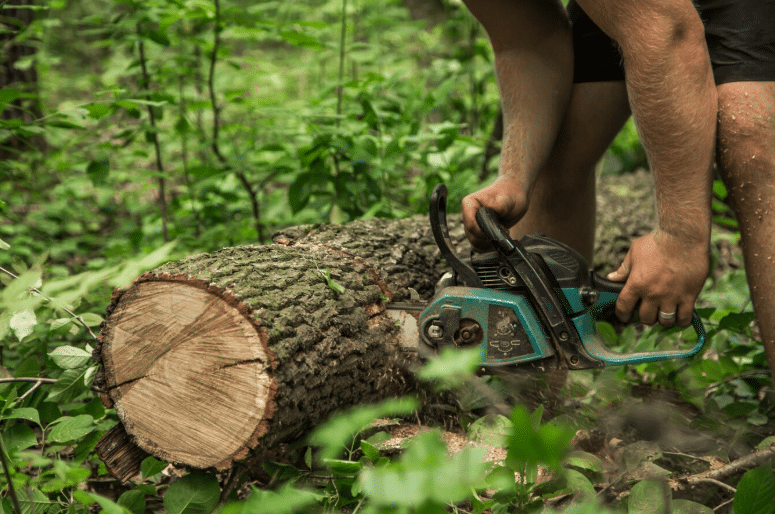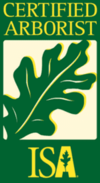Maintaining healthy, beautiful trees is a key part of keeping your property safe and attractive. But when it comes to tree trimming, many homeowners ask the same question: Should I do it myself, or call in a professional?
While DIY tree trimming can be effective for small tasks, some situations require the experience, tools, and safety protocols that only a professional arborist can provide.
Let’s break down which tasks you can confidently handle yourself, and which ones you should leave to the experts.
DIY Tree Trimming: What You Can Tackle
Some basic tree trimming tasks are safe and manageable for most homeowners if you have the right tools and follow proper techniques.
1. Removing Small Dead Branches
Dead, dry, or broken limbs under 2 inches in diameter can usually be pruned using hand tools like loppers or pruning saws. Cut slightly outside the branch collar to allow the tree to heal effectively on its own.
2. Trimming Low-Hanging Limbs
Branches that hang too low over sidewalks, driveways, or garden areas can be safely trimmed with a pole pruner—provided they’re not too thick or high.
3. Shaping Small Ornamental Trees or Shrubs
Young trees or ornamental varieties like dogwoods or Japanese maples can benefit from light shaping.
4. Seasonal Cleanup
After a storm or during autumn, clearing away small twigs and lightly pruning for shape and airflow is a safe seasonal task for DIYers.
Tip: Use clean, sharp tools, and avoid trimming during wet or extremely hot weather.
Tree Trimming Tasks Best Left to the Pros
When the job gets bigger, higher, or more dangerous, it’s time to call a certified arborist or tree care professional. Here’s what you should not try on your own:
1. Large Branch or Limb Removal
Branches thicker than 3–4 inches, especially those near the trunk or growing at odd angles, require expert cutting techniques to avoid injuring the tree or yourself.
2. Work at Heights or Over Rooflines
Any work involving ladders or requiring climbing into a tree can lead to serious injury. Tree care experts use harnesses, cranes, and protective gear designed for these jobs.
3. Trimming Near Power Lines
This is a major safety risk. Even a slight misjudgment can result in electrocution.
4. Storm-Damaged or Diseased Trees
Trees that have been damaged by wind, lightning, or show signs of rot or infestation should be assessed and handled by a trained arborist. These trees may be unstable and unpredictable.
5. Tree Topping or Heavy Reduction
Improperly cutting the top off a tree (“topping”) can permanently weaken its structure and invite pests and disease. Professionals use proper reduction techniques to maintain health and form.
Why Hiring a Certified Arborist Matters
Certified arborists bring more than just equipment—they bring knowledge and safety. They know the biology of tree species
- Use pruning techniques that promote long-term health
- Carry insurance in case of property damage
- Follow safety standards and local Boise regulations
Tanager Tree Services offers professional tree trimming in Boise with safe, eco-friendly care.
DIY Tree Trimming Safety Tips
If you decide to take on light pruning tasks yourself:
- Use proper PPE – gloves, goggles, and a helmet if needed
- Check your tools – to ensure they’re properly cleaned and sharpened before use.
- Trim during the right season – late fall or winter is often best
- Keep both feet on the ground – avoid ladders unless trained
Final Thought: Know Your Limits
Tree trimming doesn’t have to be all-or-nothing. You can handle minor tasks around your yard, but recognizing when a job is beyond your skill set is just as important.
DIY when it’s safe. Call a pro when it’s not.
For larger jobs, complex pruning, or storm damage recovery, trust the certified arborists at Tanager Tree Services. Your trees—and your safety—deserve expert care.


